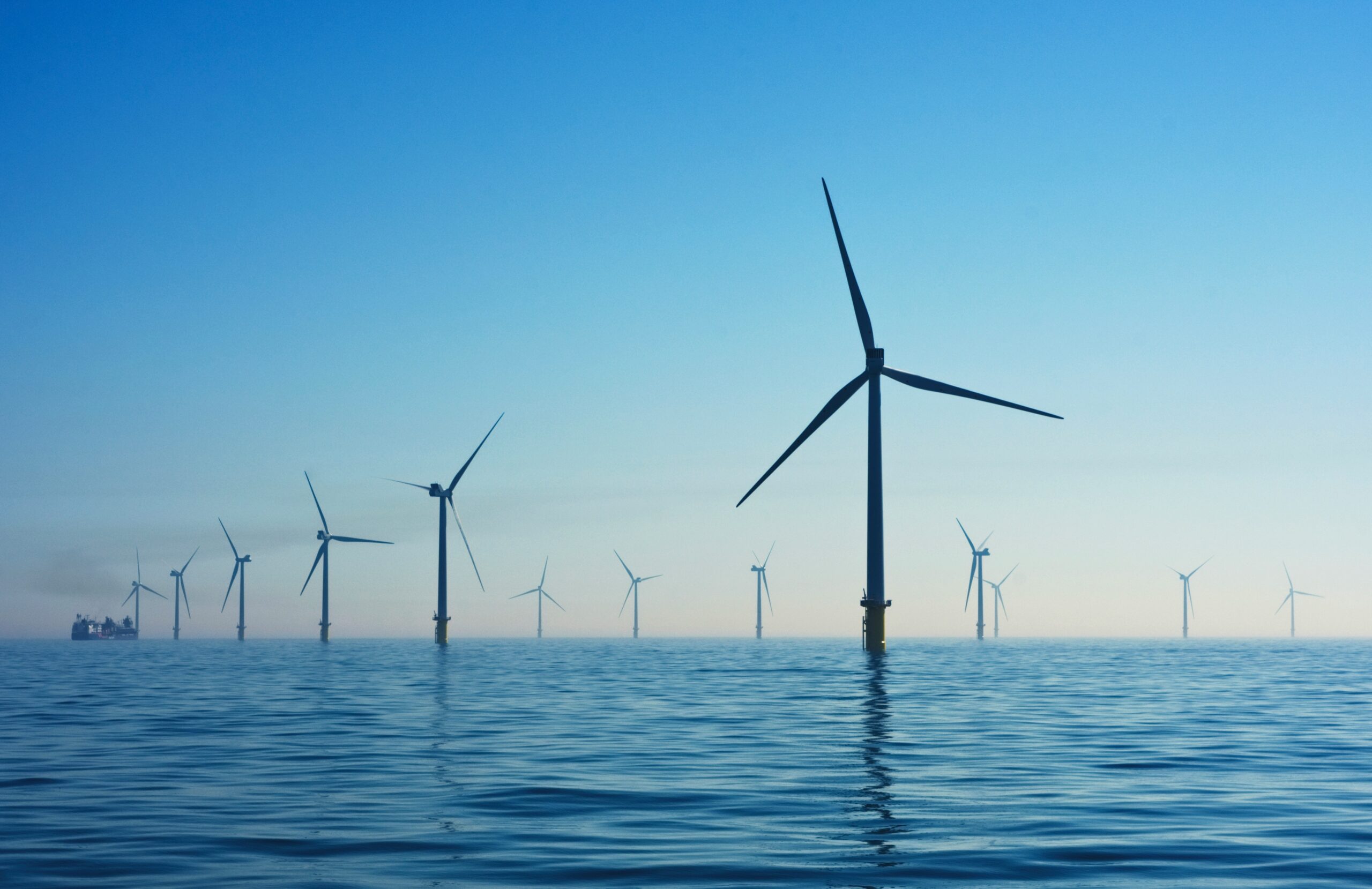The RWE Offshore Wind Project Australia — a massive 2 GW development planned off the coast of Victoria — has officially been canceled. German renewable energy giant RWE confirmed it has ceased the development of the Kent Offshore Wind Farm, following the Australian government’s decision to delay its first offshore wind tender.
After nearly a year of feasibility studies, RWE announced that the RWE Offshore Wind Project Australia would no longer move forward under current market conditions. The Kent site, located approximately 67 kilometers off the Gippsland coast, featured an average water depth of 59 meters and was expected to be operational in the early 2030s.
“This decision follows a review of the project’s competitiveness in current market conditions, as well as ongoing uncertainties around supply chain costs and the future design of the auction framework,” RWE said in a statement.
“We want to be clear that this decision relates solely to the Kent Offshore Wind Project.”
RWE’s Kent Offshore Wind Vision in Australia
The RWE Offshore Wind Project Australia was designed to generate 2 gigawatts (GW) of clean power, enough to supply hundreds of thousands of homes with renewable energy. The project symbolized a major investment in Australia’s transition toward carbon neutrality and reflected RWE’s growing interest in the Asia-Pacific renewable energy market.
However, with policy delays, high supply chain costs, and an undefined auction framework, RWE concluded that continuing with development was no longer viable at this stage.
RWE’s Kent Offshore Wind Vision in Australia
The RWE Offshore Wind Project Australia was designed to generate 2 gigawatts (GW) of clean power, enough to supply hundreds of thousands of homes with renewable energy. The project symbolized a major investment in Australia’s transition toward carbon neutrality and reflected RWE’s growing interest in the Asia-Pacific renewable energy market.
However, with policy delays, high supply chain costs, and an undefined auction framework, RWE concluded that continuing with development was no longer viable at this stage.
Gippsland: The Heart of Australia’s Offshore Wind Ambitions
Declared in 2022, Gippsland became Australia’s first offshore wind zone, with an estimated potential of 25 GW of renewable energy capacity. The region quickly attracted leading developers, including RWE, BlueFloat Energy, and a joint venture between Origin Energy and Renewable Energy Systems (RES).
Yet, recent months have brought setbacks. BlueFloat Energy withdrew from the Gippsland zone in July 2025, and the Origin-RES joint venture later suspended work on its 1.5 GW Navigator Offshore Wind Project, citing similar challenges and uncertainties around Victoria’s delayed offshore wind auction.
These developments collectively underscore how regulatory delays and rising global supply costs are impacting Australia’s emerging offshore wind sector.
Policy Uncertainty Threatens Offshore Wind Growth
The Victorian government’s decision to indefinitely postpone its first offshore wind auction in September has created significant market uncertainty. Without a clear auction framework, developers find it difficult to assess project economics and secure funding for the complex infrastructure offshore wind requires.
Experts say that the RWE Offshore Wind Project Australia highlights the importance of a transparent and timely offshore wind policy to maintain investor confidence.
“Australia has the wind resources and engineering talent to become a global offshore wind leader,” said an energy analyst from Melbourne. “But developers need policy stability and consistent auction timelines to make long-term investment decisions.”
Australia’s Offshore Wind Potential Remains Strong
Despite RWE’s withdrawal, Australia’s offshore wind potential is vast and largely untapped. The federal government estimates that tens of gigawatts of renewable energy could be generated from the nation’s coastal zones, supporting national targets to reach net zero emissions by 2050.
The Gippsland offshore wind zone remains central to this vision, with other developers continuing feasibility studies despite current challenges. The area’s powerful and consistent winds offer a foundation for future clean energy generation once clearer policies are in place.
Conclusion: RWE Offshore Wind Project Australia Signals a Wake-Up Call
The cancellation of the RWE Offshore Wind Project Australia is a reminder that even the strongest renewable energy ambitions depend on policy clarity, stable auction frameworks, and supply chain support.
While RWE has paused its Australian offshore wind efforts, the company remains a leading global player in offshore wind development across Europe, North America, and Asia-Pacific. Industry observers believe RWE could re-enter the Australian market once the regulatory environment matures.
Ultimately, the project’s cancellation serves as both a lesson and an opportunity—highlighting the need for stronger coordination between government, investors, and developers to realize Australia’s clean energy potential and secure its place in the global offshore wind market.
What’s Next for RWE?
Although RWE has exited the Kent project, the company continues to maintain a strong presence in global offshore wind markets, with active developments in Europe, the United States, and Asia-Pacific. The company remains optimistic about future opportunities in Australia once market conditions stabilize and the government finalizes its offshore wind framework.
